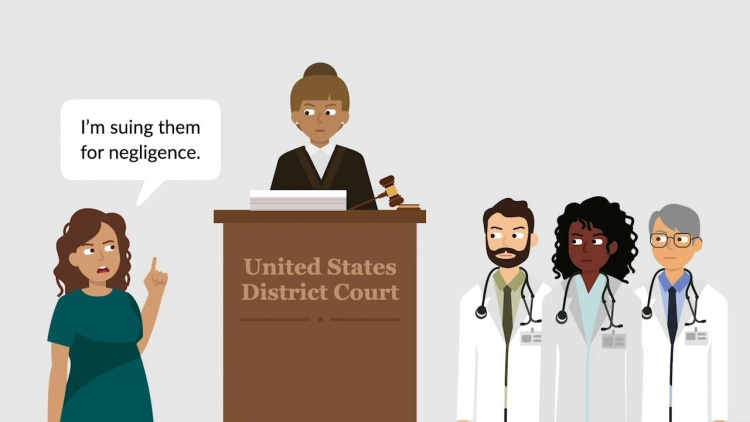Monfore v. Phillips
United States Court of Appeals for the Tenth Circuit
778 F.3d 849 (2015)

- Written by Josh Lee, JD
Facts
Sherman Shatwell was treated at a hospital for complaints of neck pain. The hospital performed tests that showed that Shatwell likely had throat cancer. However, the results of these tests were never delivered to Shatwell, who was sent home with a prescription for antibiotics. At the time, the cancer was treatable, but Shatwell did not learn of his diagnosis until a year later. By that time, the cancer was no longer treatable. After Shatwell passed away, his wife (plaintiff) sued the doctors, including Dr. Kenneth Phillips and the hospital (defendants). For almost two years of pretrial litigation, the defendants denied negligence and maintained a united front. The defendants continued these assertions in their submissions for the final pretrial order. Two weeks before trial, some of the defendants settled. Due to these events, Phillips moved to amend the pretrial order to allow the presentation of a new theory that the settling defendants were negligent. The trial court denied the motion, and the jury found against Phillips. The jury awarded the plaintiff approximately $1 million. Phillips appealed the denial of leave to amend the pretrial order to the United States Court of Appeals for the Tenth Circuit.
Rule of Law
Issue
Holding and Reasoning (Gorsuch, J.)
What to do next…
Here's why 899,000 law students have relied on our case briefs:
- Written by law professors and practitioners, not other law students. 47,000 briefs, keyed to 994 casebooks. Top-notch customer support.
- The right amount of information, includes the facts, issues, rule of law, holding and reasoning, and any concurrences and dissents.
- Access in your classes, works on your mobile and tablet. Massive library of related video lessons and high quality multiple-choice questions.
- Easy to use, uniform format for every case brief. Written in plain English, not in legalese. Our briefs summarize and simplify; they don’t just repeat the court’s language.





